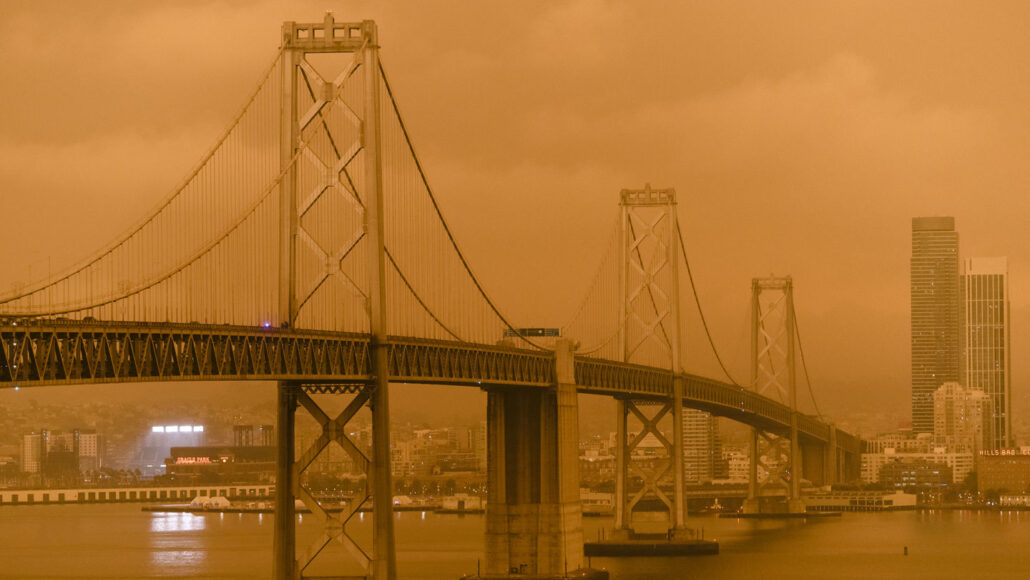HOME
Wildfire smoke may ramp up toxic ozone production in cities

Wildfire smoke and urban air pollution bring out the worst in each other.
As wildfires rage, they transform their burned fuel into a complex chemical cocktail of smoke. Many of these airborne compounds, including ozone, cause air quality to plummet as wind carries the smoldering haze over cities. But exactly how — and to what extent — wildfire emissions contribute to ozone levels downwind of the fires has been a matter of debate for years, says Joel Thornton, an atmospheric scientist at the University of Washington in Seattle.
A new study has now revealed the elusive chemistry behind ozone production in wildfire plumes. The findings suggest that mixing wildfire smoke with nitrogen oxides — toxic gases found in car exhaust — could pump up ozone levels in urban areas, researchers report December 8 in Science Advances.
Atmospheric ozone is a major component of smog that can trigger respiratory problems in humans and wildlife (SN: 1/4/21). Many ingredients for making ozone — such as volatile organic compounds and nitrogen oxides — can be found in wildfire smoke, says Lu Xu, an atmospheric chemist currently at the National Oceanographic and Atmospheric Administration Chemical Sciences Laboratory in Boulder, Colo. But a list of ingredients isn’t enough to replicate a wildfire’s ozone recipe. So Xu and colleagues took to the sky to observe the chemistry in action.
News Source